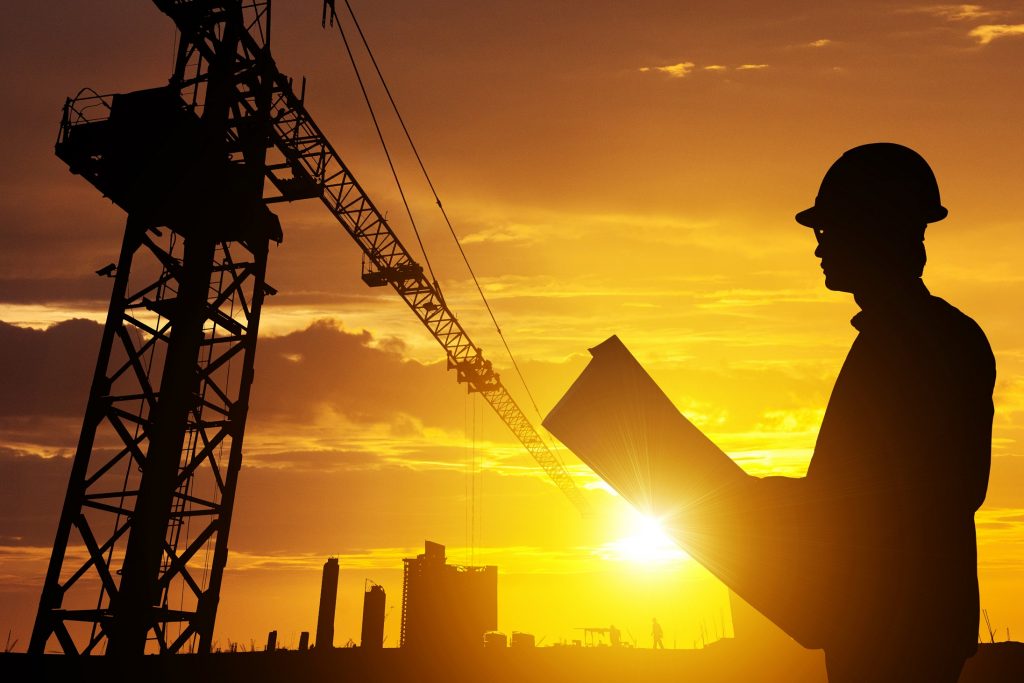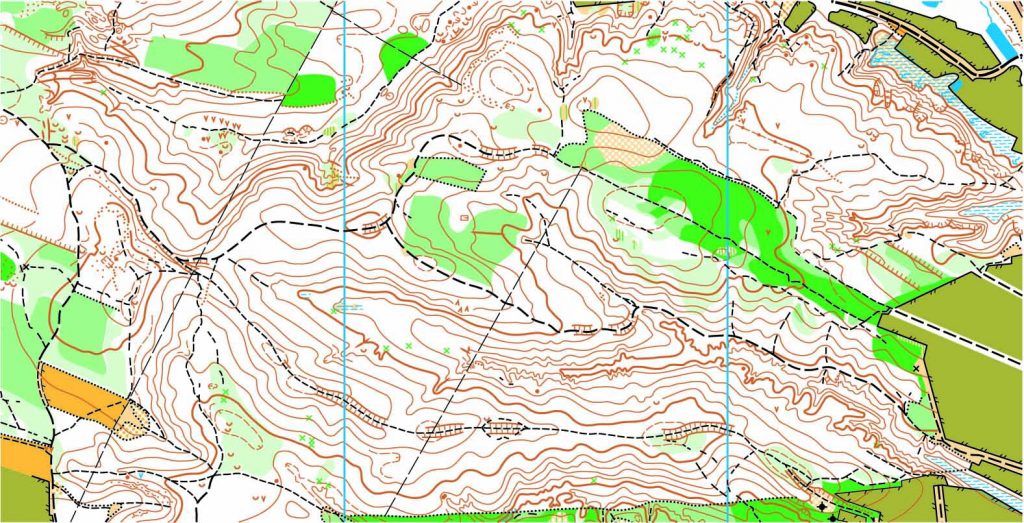
When it comes to land surveying, there are plenty of obstacles that can come into play during a typical day at work. One of these obstacles is the weather, especially during the winter season. It may seem like living in Southern California, an area that is 95% sunny day, wouldn’t be an issue, but you would be surprised – we have our own set of weather issues.
In the spring season, rain can always be an issue, and even though it isn’t a common occurrence, the sporadic nature of our rain season can make things tricky. Dressing appropriately will not only keep you dry, but also safe. And the same goes for your equipment. Because surveying is an outdoor job, everything and everyone needs to be protected. After the rain comes mud, so additional caution needs to be paid in work zones.
If you work in the winter season, there is a chance you may be working in snowy conditions. The problem is that it is likely covering up what you need to be surveying, like dangerous obstacles and essential sights such as property corners, flagging, and downed fences that you need to see to be able to complete your work.
Some may think the job is easier in this sunny climate, but the sun can often play tricks by creating shadows where you don’t want them. And let’s face it – the Santa Ana winds are a strong force to reckon with. Not only is it tough to stand in one place, but a workstation can easily become unlevel. Surveying is all about working around Mother Nature’s plans.
Remember: We may live in Southern California, the land of sunny days, but it can become quite extreme. You and your equipment have their limits.
To find out more about how weather can affect land surveys, please contact us at (800) CALVADA or visit www.calvada.com.
Calvada proudly serves Corona and all surrounding areas.



